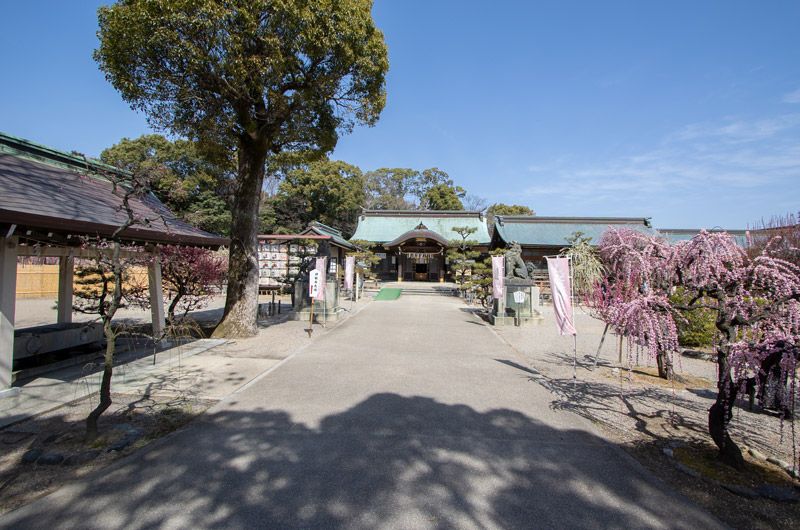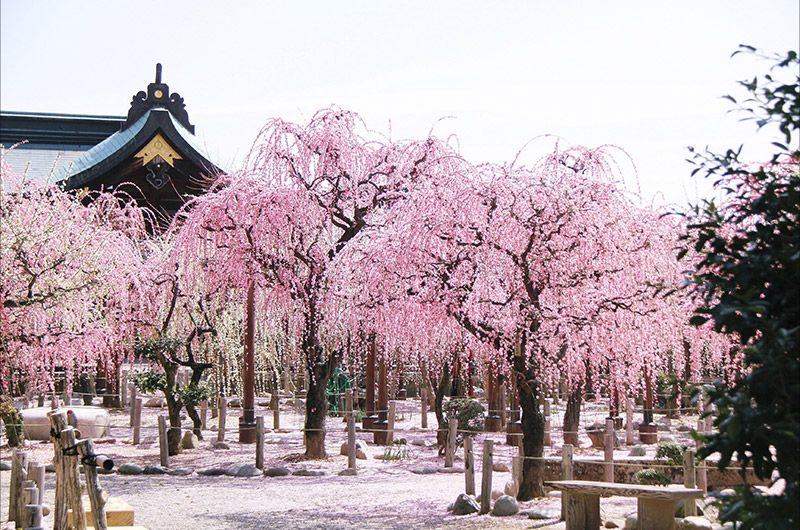Experience the Delights of Tsu Faster with the Tsu Airport Line
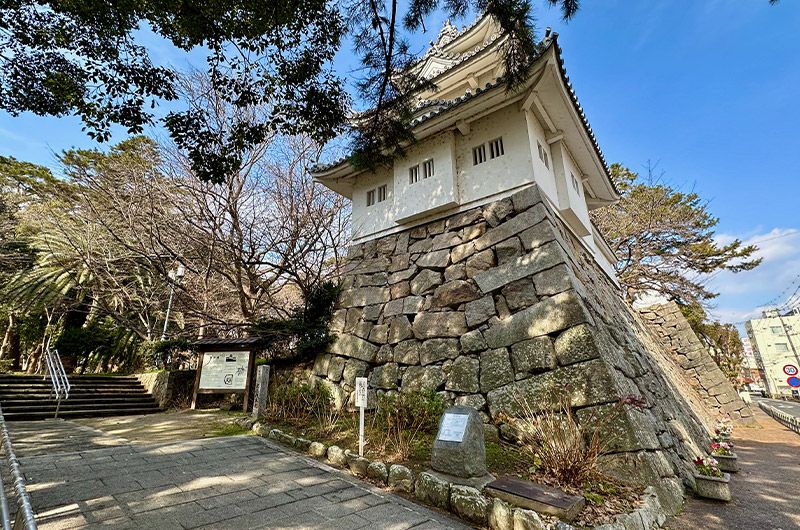
Step off the beaten path and explore Tsu, the capital city of Mie Prefecture. With castle ruins, ancient temples and shrines, and mouth-watering delicacies, it’s the perfect way to spend a half day.
Written by Adam Douglas
Table of Contents
・Getting to Tsu
・Tsu Gyoza and Hachimitsu Manju: Culinary Delights of Tsu
・Tourist Spots: Tsu Castle Ruins and Tsukannon Temple
・Yuki Shrine
・Senjuji Temple
・Wrap-up
Getting to Tsu
I love Mie Prefecture. I’ve visited many times but had never taken the opportunity to explore Tsu, the prefectural capital and a true hidden gem.
I started my visit not in Tsu proper but at Chubu Centrair International Airport in Nagoya. When heading to Mie Prefecture, home to the beautiful Ise Shima area and ninja, you can of course go by bus or train, but there’s another way that’s even more convenient: Tsu Airport Line. Yes, you can get to Tsu by high-speed boat!
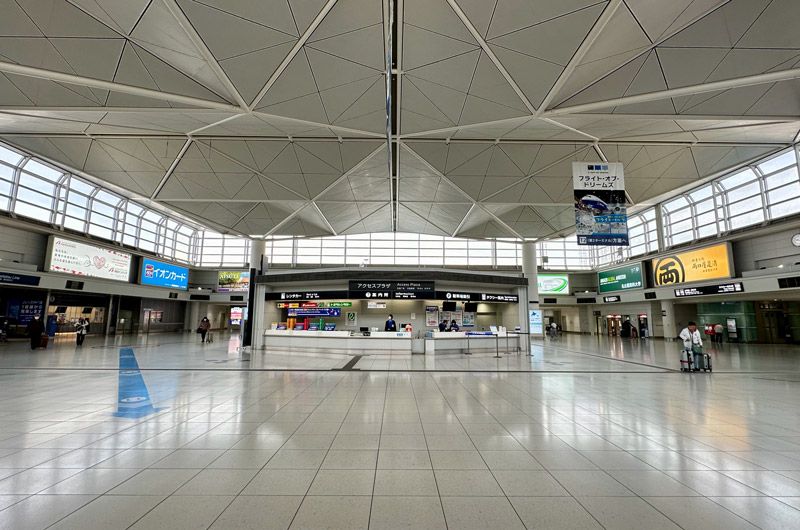
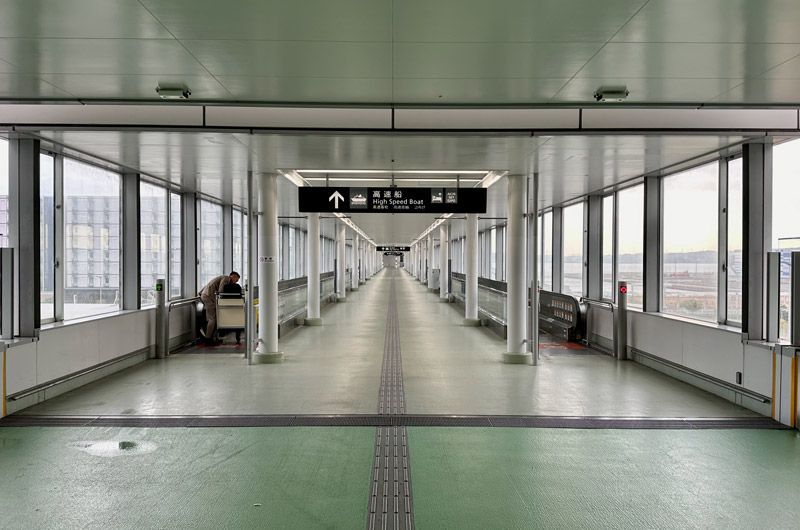
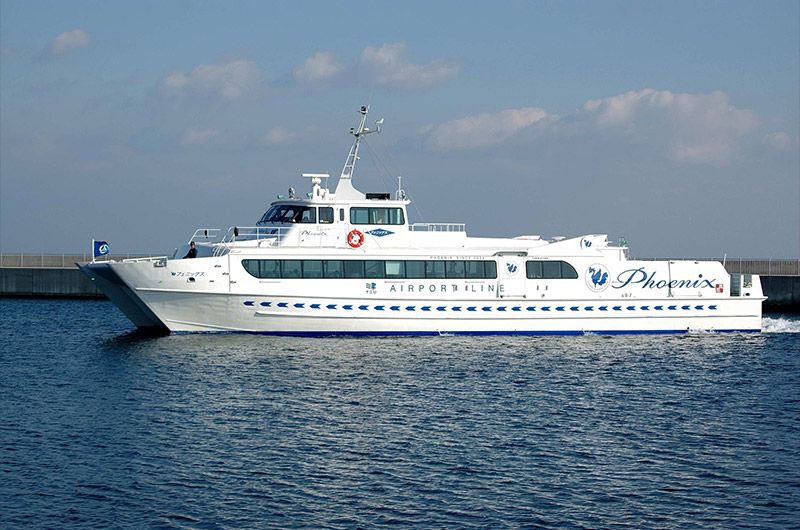
Tsu Gyoza and Hachimitsu Manju: Culinary Delights of Tsu
Tsu is the capital of Mie Prefecture and it makes a convenient jumping-off point to see Mie’s many tourist areas. While Tsu is not so famous as a tourist spot (yet!), there are a number of really fun places right around the station that I was excited to see.
Before starting out, I was feeling hungry, so I decided to get some lunch. Tsu is known for its specialties like tenmusu (tempura shrimp rice balls), Tsu gyoza, hachimitsu manju, and more.
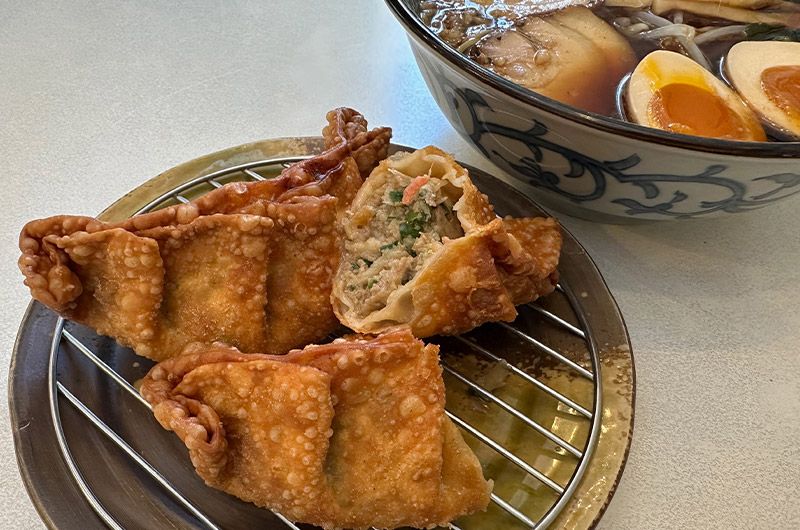
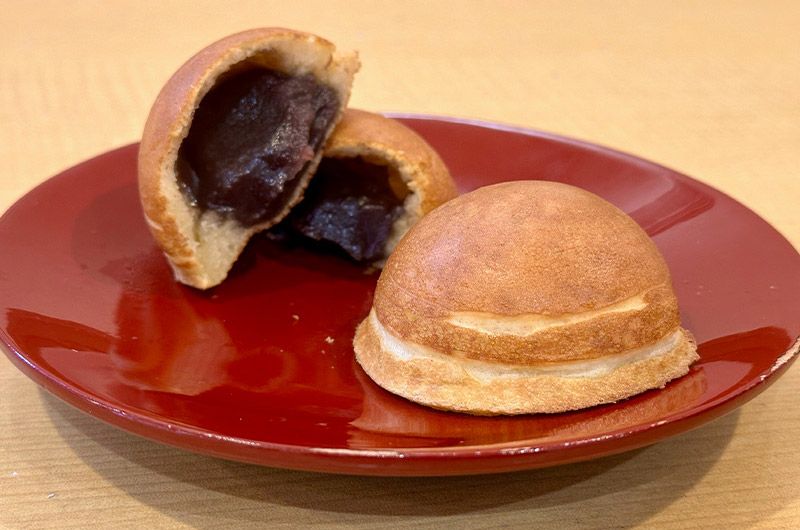
Tourist Spots: Tsu Castle Ruins and Tsukannon Temple
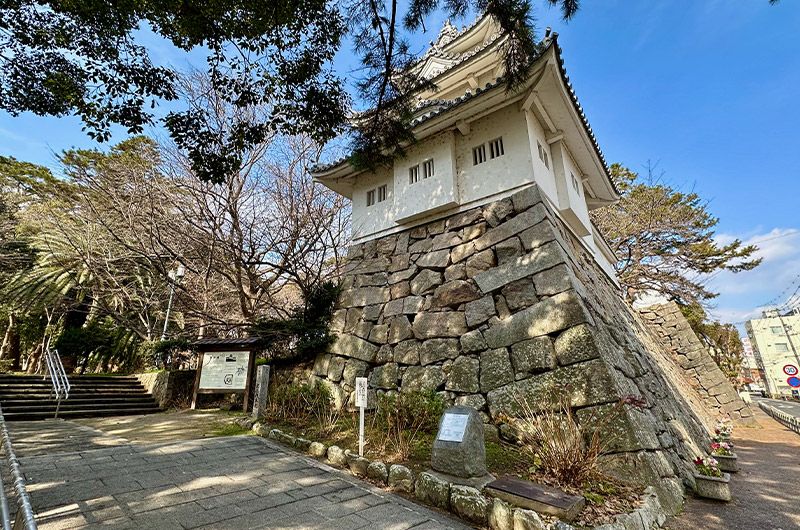
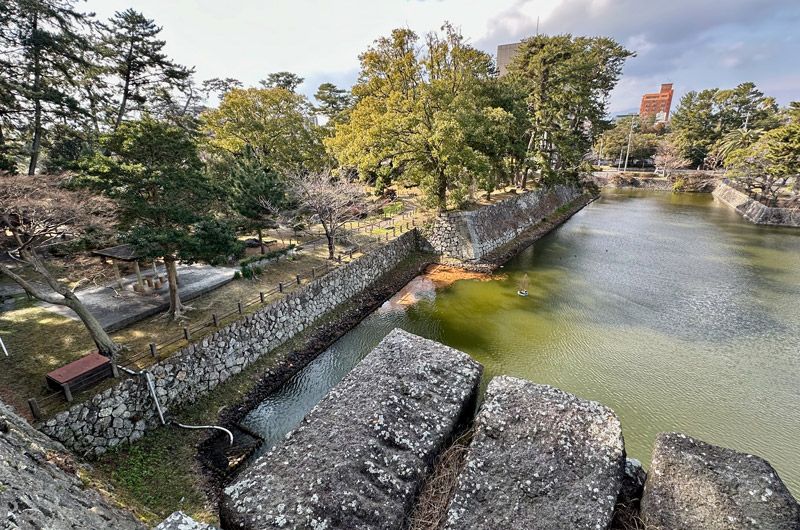
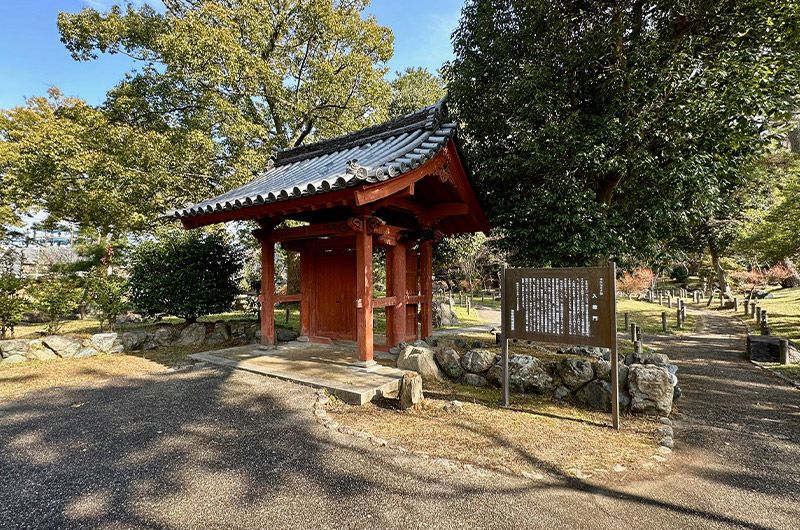
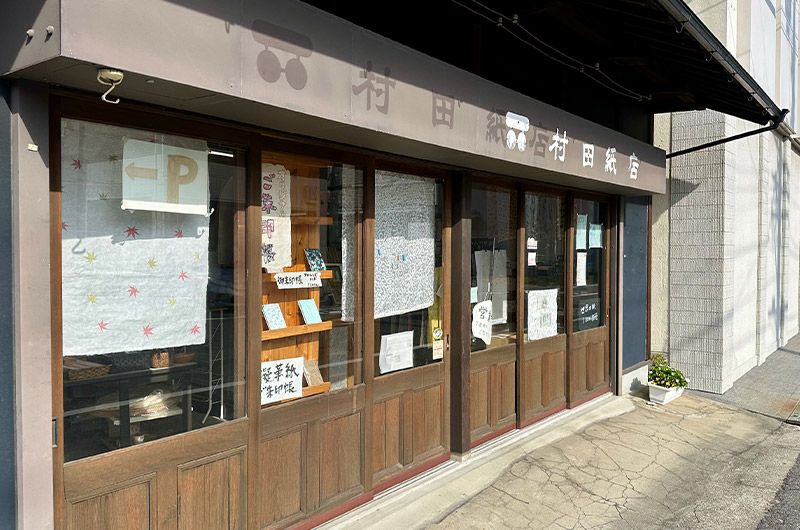
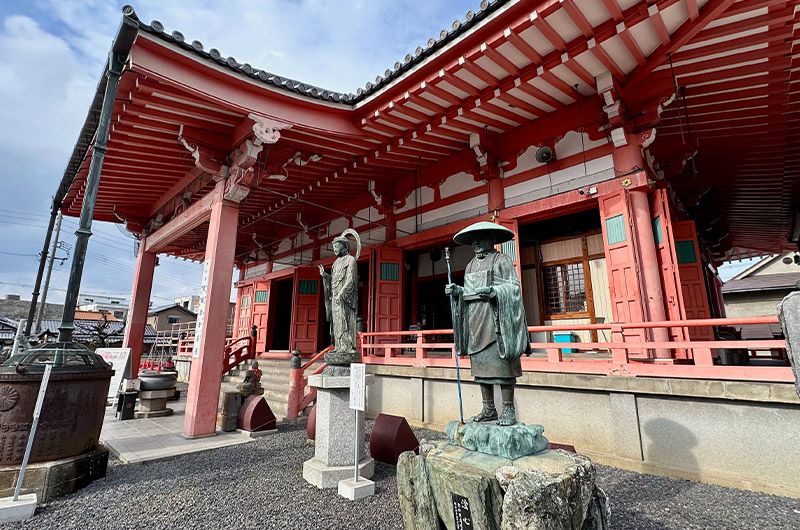
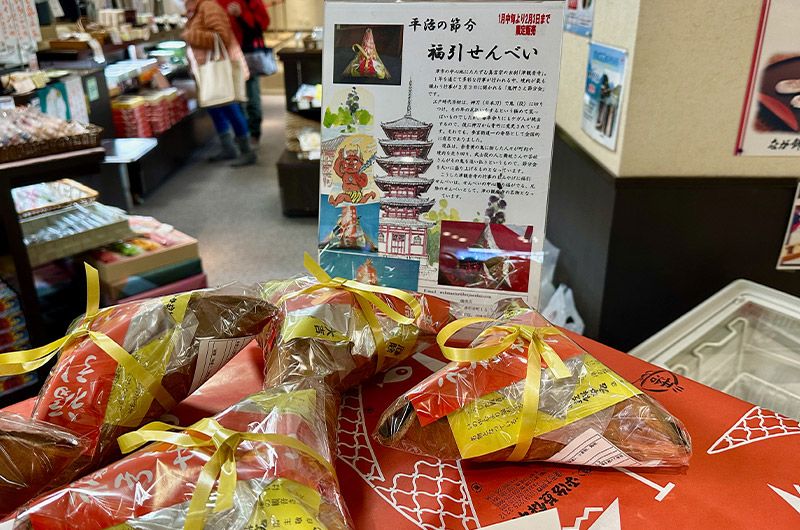
Tsukannon Temple is famous for its fukubiki senbei. February 3rd is Setsubun, a day to celebrate the first day of spring, welcome in good luck, and drive out bad luck. Tsukannon Temple developed fukubiki senbei as a souvenir item for Setsubun.
Fukubiki senbei is extra large like a giant fortune cookie. Could there be something inside? I opened mine up and found a good luck charm! It was for health and long life. What a neat idea for a souvenir. I made sure to buy some for my friends and family.
Yuki Shrine
